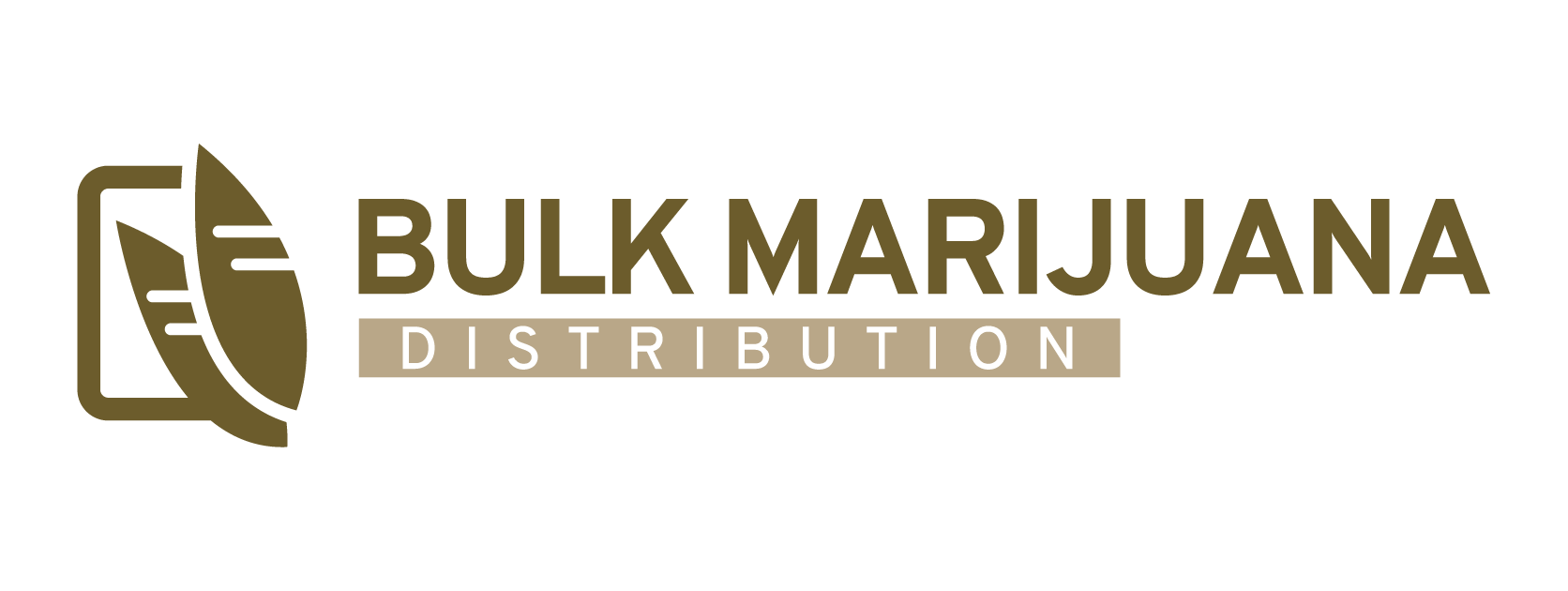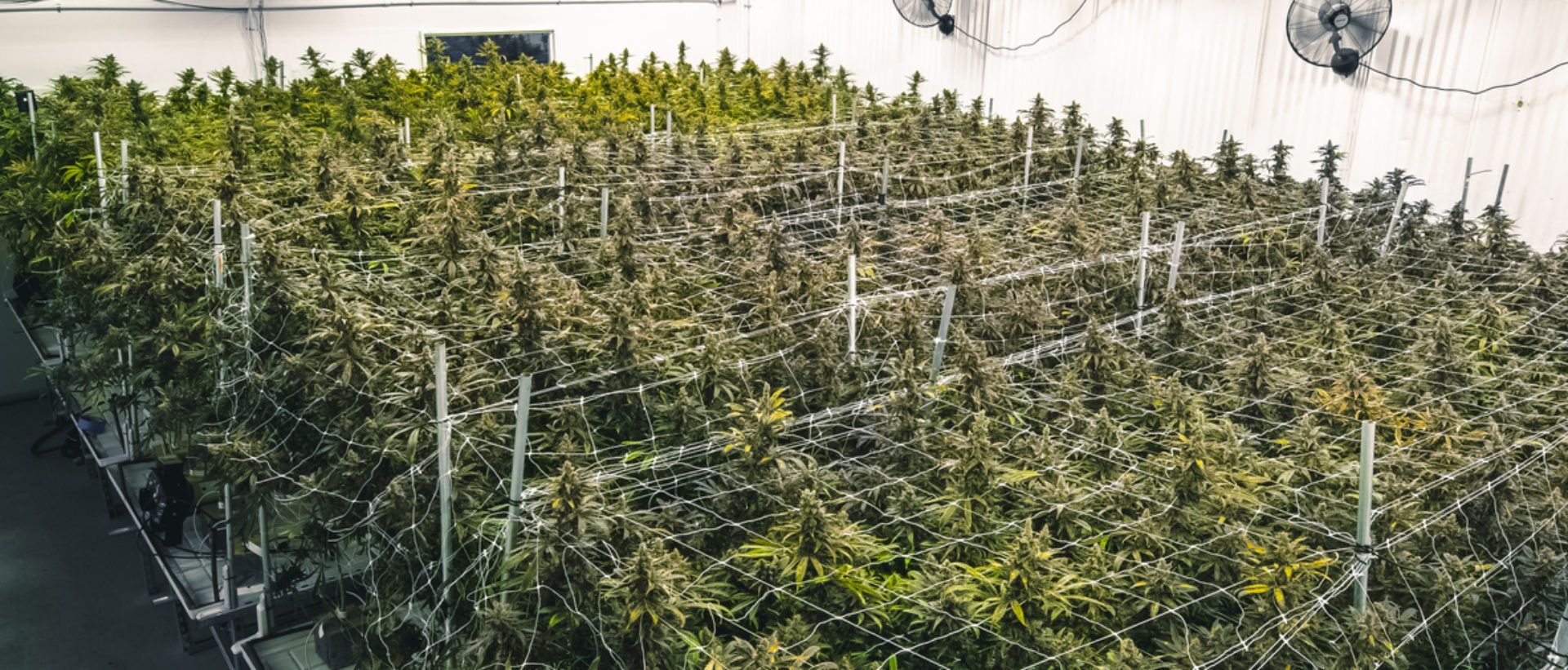Cannabis businesses must choose between managing distribution internally (in‑house) or outsourcing to specialized third‑party logistics (3PL) providers. Each model offers distinct advantages and challenges, and the optimal choice depends on a company’s scale, structure, and strategy.
Regulatory control and compliance
In‑House Distribution allows firms to maintain full control over regulatory compliance. Businesses can enforce internal protocols—sealed containers, GPS tracking, vehicle alarms, secure communication, driver teams, and varied routing—ensuring tight oversight. This hands‑on approach aligns with vertically integrated or multi‑state operators (MSOs) that need strict adherence to internal policies.
Third‑Party Distribution, while licensed and regulated by states, shifts compliance responsibility. Firms must vet providers to ensure they meet security and license standards. Any lapse—like vehicle maintenance problems—could expose cannabis shipments to theft or regulatory non‑compliance.
Capital expenditure and operational costs
Setting up an in‑house logistics operation requires substantial investment: vehicles outfitted for security (often $30,000+ per van), maintenance, staff training, insurance, and infrastructure. These fixed costs can be substantial burdens, especially for smaller businesses.
By outsourcing, operators can convert fixed costs into variable ones. 3PLs handle warehousing, transportation, and technology, spreading costs across multiple clients, often yielding economies of scale. This allows companies to maintain leaner balance sheets, avoid overhead, and benefit from providers’ logistical efficiencies.
Operational capacity and scalability
Companies experiencing growth or fluctuations in demand may find in‑house logistics inflexible. Scaling internally involves purchasing assets, hiring and training personnel, and updating systems—often a slow, capital‑intensive process.
In contrast, 3PL providers offer agile scalability. Their existing networks, staff, and technology platforms can absorb demand surges quickly, support multi‑location orders, and reduce order errors.
Expertise and technology access
Most cannabis firms are growers or retailers, not logistics specialists. In‑house teams require extensive training in compliance, route optimization, and safety protocols. In contrast, 3PLs bring specialized expertise, up‑to‑date transport technology, compliance systems, and software for seed‑to‑sale tracking.
Control versus oversight
In‑house distribution offers maximum control, direct communication, and customization according to brand and product needs.
However, this model demands complex management—handling regulations, staff, logistics issues, and fluctuating demand. Smaller operators might find these burdensome.
Alternatively, 3PLs abstract logistical tasks but diminish direct oversight. Businesses may experience communication challenges or integration issues with providers’ systems.
Summary
- Control & Compliance
- In-House: Full internal governance.
- Third-Party: Requires diligent vetting of partners.
- Cost Structure
- In-House: High fixed costs.
- Third-Party: Variable costs with scalability benefits.
- Scalability
- In-House: Less flexible, slower to adapt.
- Third-Party: Highly scalable and responsive.
- Expertise & Technology
- In-House: Requires significant internal investment.
- Third-Party: Comes with logistics expertise and technology integration.
- Management Burden
- In-House: Complex, resource-intensive management.
- Third-Party: Less execution burden but requires oversight.
In Review
Neither approach is objectively superior; suitability varies by business type:
- Best for vertically integrated MSOs or firms with cross‑state operations that demand tight control and compliance.
- Best for smaller to mid‑sized businesses or those with fluctuating demand that benefit from 3PL scalability, reduced CAPEX, and logistics expertise.
Ultimately, a hybrid model—maintaining in‑house control in core markets while outsourcing peripheral or peak‑demand routes—may deliver the optimal balance of cost, control, and compliance.

